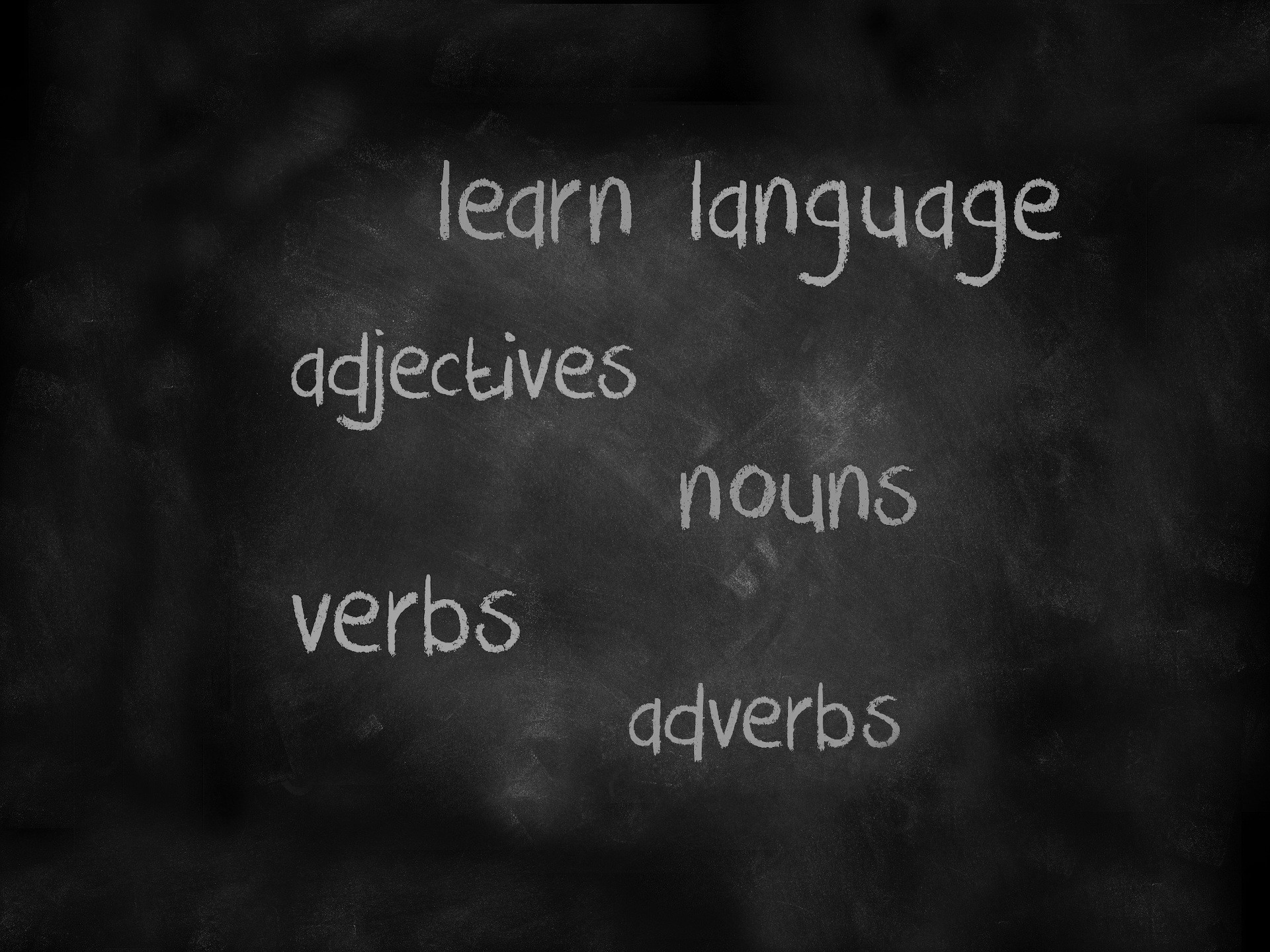English language teaching for deaf students
Main Article Content
Abstract
This is a systematic review research, in which we seek to analyze studies on the teaching of English to deaf students (in regular or bilingual schools). After searching the Google Scholar platform, using specific descriptors and quotation marks as delimiter ("Teaching English for the Deaf"), we found 15 (fifteen) searches, five of which were aligned with the objectives of our work. The objectives of this study are to investigate whether teachers use different teaching techniques and methods for deaf students, what these methods are and what their impact is on the learning teaching process of this student. After rigorous reading of the selected papers, we conclude that despite advances in inclusive educational policies, even bilingual schools do not have the appropriate conditions for this public to be included. Lack of training for teachers and appropriate teaching materials, the teaching methodology is still focused almost exclusively on the hearing student, the hearing students usually do not know Libras and therefore interact very little with deaf students, besides missing Libras interpreters in schools that have deaf students enrolled. We also highlight that in all cases in which teachers were aware of Libras, and training about the specificities of deaf students, the teaching methodology was performed differently, providing better learning and enabling the inclusion of deaf students in school.
Downloads
Article Details

This work is licensed under a Creative Commons Attribution 4.0 International License.
References
ATALLAH, Alvaro Nagib; CASTRO, Aldemar Araujo. Revisão Sistemática e Metanálises em: Evidências para Melhores Decisões Clínicas. São Paulo. Lemos Editorial, 1998.
BRASIL. Ministério da Educação. Lei de Diretrizes e Bases da Educação Nacional. LDB 9.394, de 20 de dezembro de 1996. Brasília, 1996.
______. ______. Lei nº 10.436, de 24 de abril de 2002. Dispõe sobre a Língua Brasileira de Sinais - Libras e dá outras providências. Brasília, 2002.
______. ______. Decreto nº 5.626, de 22 de dezembro de 2005. Regulamenta a lei no 10.436, de 24 de abril de 2002, que dispõe sobre a língua brasileira de Sinais - Libras. Brasília, 2005.
______. ______. Lei nº 12.319, de 1º de setembro de 2010. Regulamenta a profissão de Tradutor e Intérprete da Língua Brasileira de Sinais - LIBRAS. Brasília, 2010. Disponível em: http://www.planalto.gov.br/ccivil_03/_ato2007-2010/2010/lei/l12319.htm. Acesso em 09/09/2019.
______. INSTITUTO BRASILEIRO DE GEOGRAFIA E ESTATÍSTICA. Disponível em: <https://www.ibge.gov.br/estatisticas/sociais/populacao/9662-censo-demografico-2010.html?edicao=9749&t=resultados>. Acesso em: 8 ago. 2019.
CAMPOS, Sandra Regina Leite. O papel da língua de sinais na constituição do surdo como estudante. In: GIROTO, Claudia Regina; MARTINS, Sandra Eli Sartoreto de Oliveira; BERBERIAN, Ana Paula (Org.). Surdez e educação inclusiva. São Paulo: Cultura Acadêmica; Marília: Oficina Universitária, 2012. pp 37 a 53.
FREIRE, Paulo. Conscientização: teoria e prática da libertação - uma introdução ao pensamento de Paulo Freire. Trad. Kátia de Mello e Silva. Rev. técnica Benedito Eliseu Leite Cintra. São Paulo: Cortez & Moraes, 1979.
SANTANA, Ana Paula; CARNEIRO, Maria Sylvia Cardoso. O processo de avaliação da aprendizagem do surdo no contexto da escola regular. In: GIROTO, Claudia Regina; MARTINS, Sandra Eli Sartoreto de Oliveira; BERBERIAN, Ana Paula (Org.). Surdez e educação inclusiva. São Paulo: Cultura Acadêmica; Marília: Oficina Universitária, 2012. pp 55 a 77.

